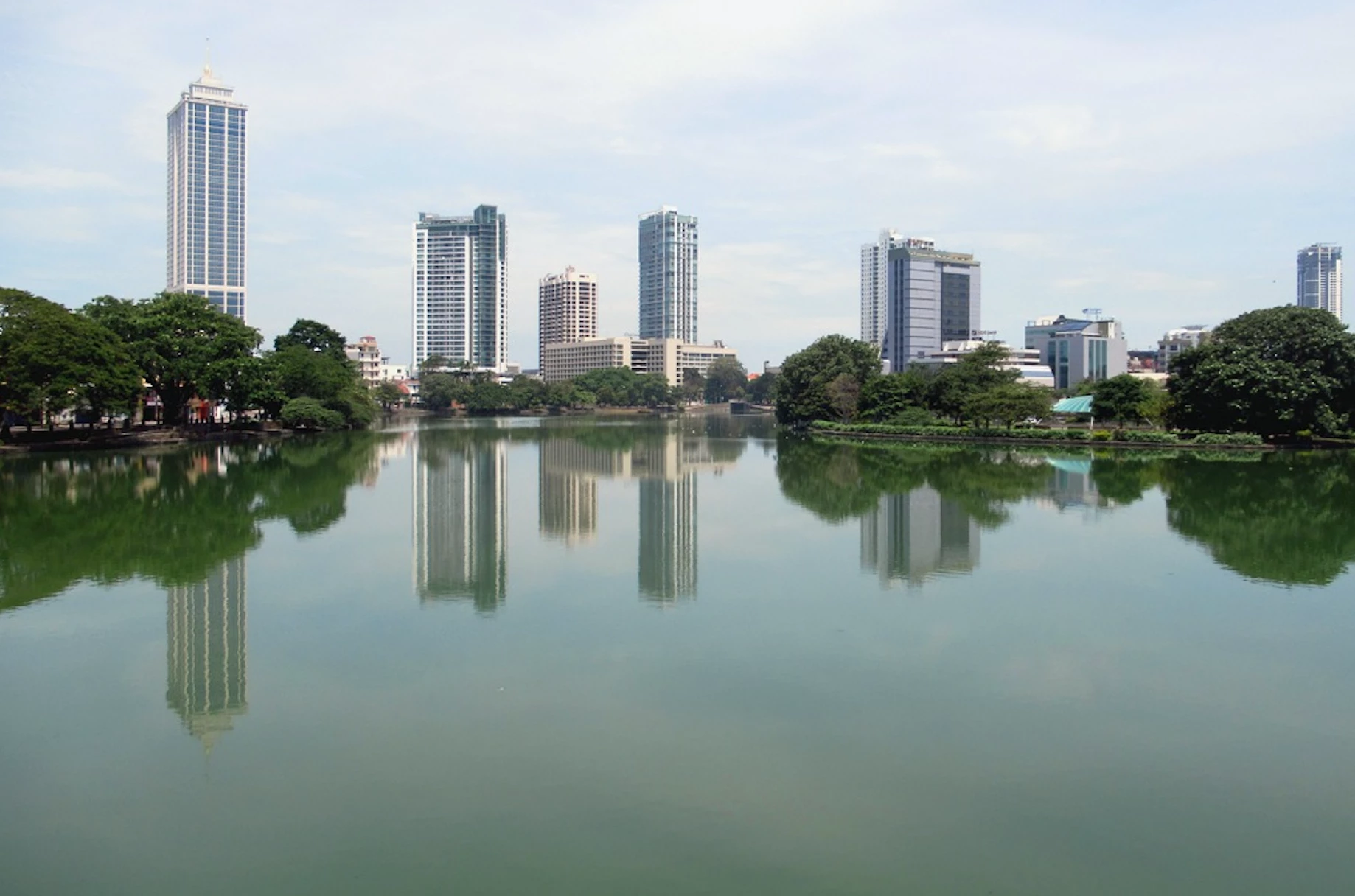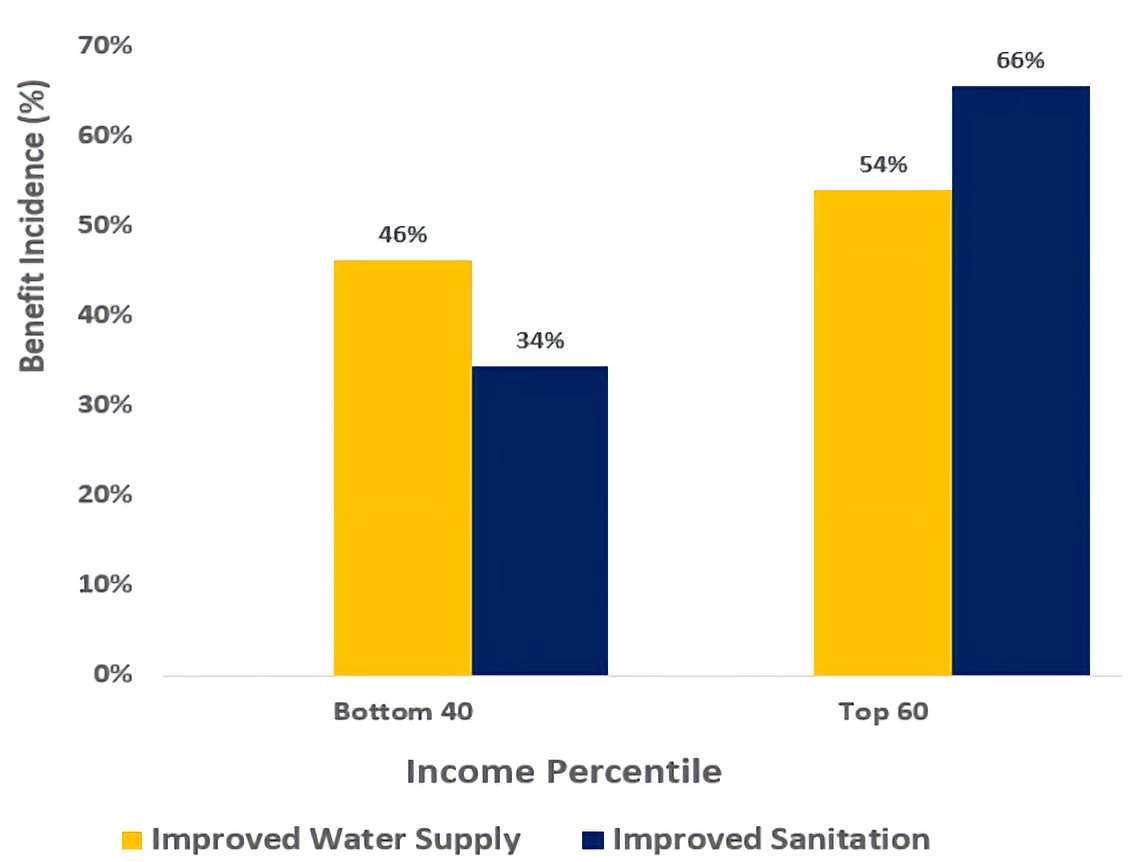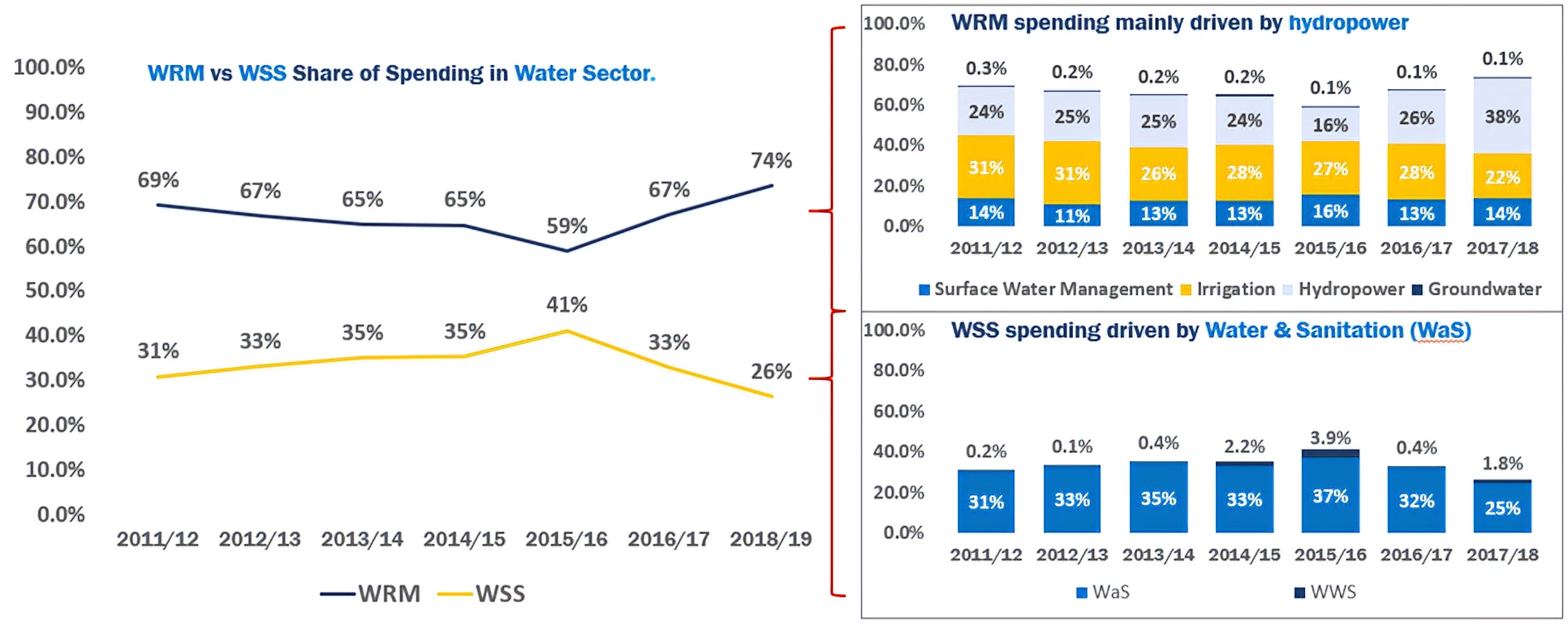 South Beira Lake, Sri Lanka. Photo Credit: David Stanley/Flickr
South Beira Lake, Sri Lanka. Photo Credit: David Stanley/Flickr

What do we know about the share of public spending in the water sector? What do we know about trends and patterns over time, how well are funds spent and who receives the benefits? The short answer is that we know very little. There is one good reason for this: since the water sector is so vast, water-related institutions, programs and projects are often fragmented - in addition to the public finance systems associated with them. For instance, in Sri Lanka, there are over 40 institutions that work in this space. Because of this, public expenditure reviews (PERs) in the water sector have traditionally focused on sub-sectors like irrigation or water supply and sanitation (WSS) and have rarely taken an integrated approach.
Based on our current knowledge, there is significant variation across countries
Why look at the entire water sector?
Adequate, affordable water is fundamental to economic growth, poverty alleviation, and building human capital. Many of the 21st century challenges such as climate change and rapid urbanization are closely tied with water, or the lack thereof. More recently, the COVID-19 pandemic has underscored the indispensability of a well-managed water supply system. Despite the fiscal squeeze, governments have had to prioritize the continuation and expansion of WSS services as handwashing has emerged as the first layer of defense against the transmission of the virus. It has been long understood that the water sector must take a holistic approach in addressing problems and respecting the sector’s various interdependencies – including WSS, irrigation, hydropower, environmental needs, social needs, disaster risk management and the overarching concern of water security. But while many countries have recognized this and adopted integrated water resource management policies, most have nonetheless failed to implement them. Quite often, the fragmented nature of water governance and its financial management system are part of the problem. Taking a holistic approach to understanding public spending in the sector can help us narrow the knowledge gap brought about from an inherently fragmented sector.
How can PERs help?
In many developing countries, policy priorities and public fund allocations do not always align. It’s not all that surprising, as it’s less of a science and more of an art. In many cases, there is quite a bit of inertia from one year to the next, and changes are often rushed through in an ad-hoc manner; in most countries, political economy plays an outsized role. Even when funds are properly allocated, they are not always spent, thus signifying low execution capacity in the sector.
Understanding how public funds are allocated and spent in relation to sector goals can give key insights into efficiency and financial gaps that deter policy realization. This, in a nutshell, captures the purpose of the water sector Public Expenditure Reviews (WaPERs) that the Global Water Practice at the World Bank is conducting in several countries across the world. Though the scope and focus for each country may vary, these PERs will assess how public funds are spent, how well they are spent, and what the funding and financing gaps are.
Globally, in WSS alone, it is estimated that the capital costs required to meet Sustainable Development Goal Targets 6.1 and 6.2, pertaining to WSS alone, range between $74 and $166 billion per year from 2015 to 2030. However, without the efficient use of resources, evidence shows that higher spending in the sector is not necessarily correlated with better outcomes. Recent estimates show that poorly targeted subsidies make up a significant chunk of public spending in WSS . PERs can help us get key country-specific knowledge on where these inefficiencies stem from.
Some of the WaPERs completed in 2019 have already brought in valuable insights. For instance, we have learned that public expenditures in piped-water access in Bangladesh have been progressive, while public expenditures in sanitation have been largely regressive, meaning that most of the benefits of public expenditure in sanitation go to the wealthier sections of society. [See Figure 1]
In Nepal, the WaPER shows the extent to which public expenditure in the water sector is skewed towards the hydropower subsector. See Figure 2 below:
In this blog series, we will aim to highlight both the country level insights we have gained through the WaPERs, as well as topics and area specific trends relating to public spending in the water sector. Stay tuned!








Join the Conversation
Currently undertaking my Doctoral research In WSS Investments .I believe this sheds a lot of light .Thanks for the continued support in bridging the knowledge gap.